Rare San Diego Butterfly Wins Protection
In the rolling sage scrub and chaparral hills of San Diego County lives a beautiful gold-and-brown butterfly called the Hermes copper, one of the rarest in the state. The Center for Biological Diversity has been working to protect the Hermes copper for decades — and now the U.S. Fish and Wildlife Service has finally protected it as threatened under the Endangered Species Act, along with over 35,000 acres of critical habitat.
“Without Endangered Species Act protection, the Hermes copper butterfly would surely be pushed into extinction by Southern California’s rampant development, wildfires driven by climate change, and invasive plants,” said Ileene Anderson, a senior scientist at the Center.
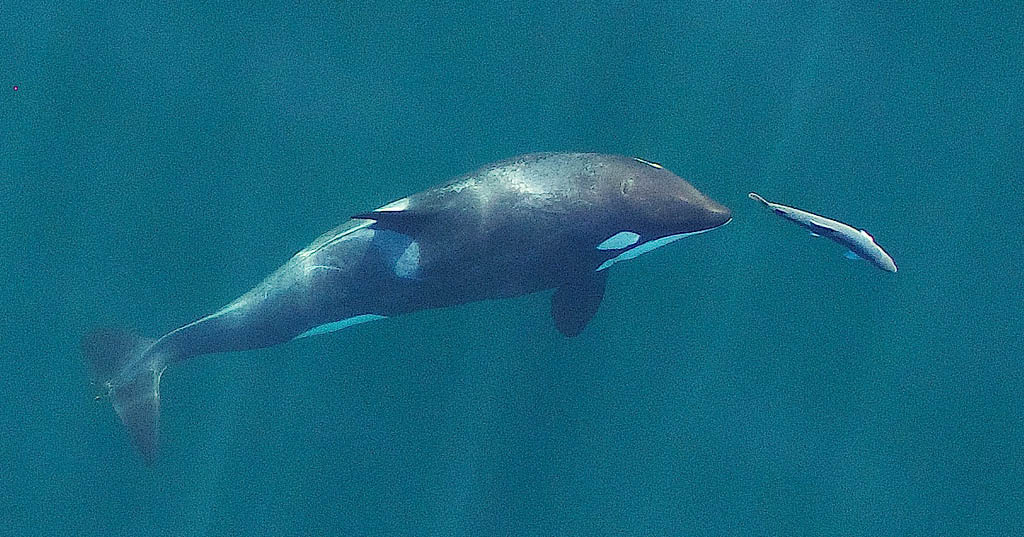
Lawsuits Launched for Orcas, Fish, Manatees
This week we kicked off two lawsuits defending six U.S. aquatic species threatened by polluted water. In the Northwest we launched a suit on Tuesday, with our allies, to force federal agencies and the state of Washington to better safeguard Southern Resident killer whales, steelhead, chinook and coho salmon, and bull trout from poisonous cyanide.
And on the opposite coast, on Monday we notified the Environmental Protection Agency we’ll be suing it to protect manatees from water pollution in Florida. More than half of the 1,000 manatees who died there this year starved because pollution-fueled algae blooms had killed the seagrass they eat.
Help our fight for endangered orcas and other wildlife with a matched gift to our Saving Life on Earth Fund.
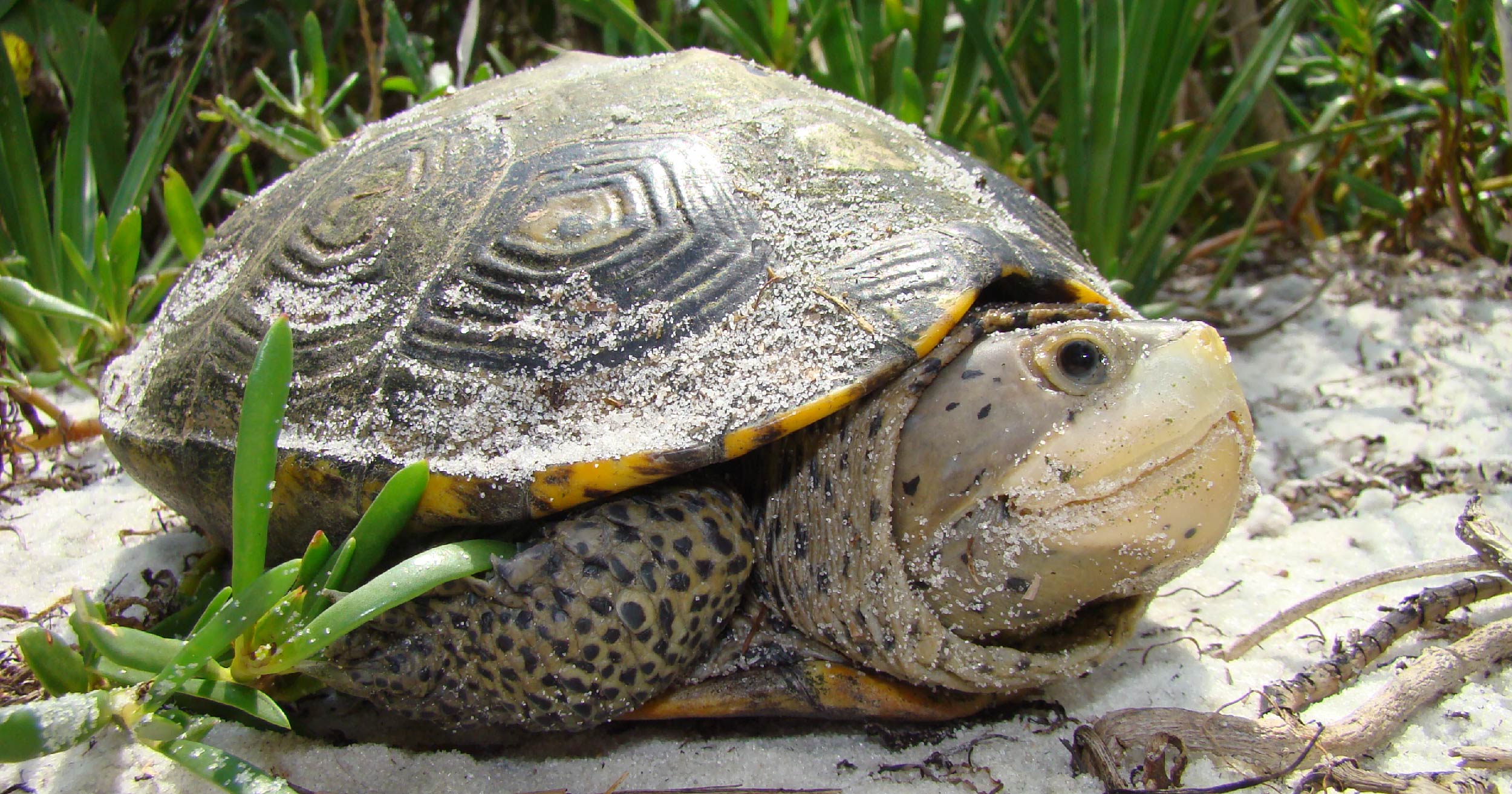
Thank You: Terrapins Protected From Drowning, Collection
Following a petition from the Center and allies — plus almost two years of advocacy by our supporters — Florida just passed a new rule to save the lives of countless diamondback terrapins. The regulation bans collectors from abducting these charming little turtles from the wild and requires recreational blue crab traps to include devices preventing their drowning.
“Florida still needs to tackle threats from the commercial blue crab fishery,” said Center lawyer Elise Bennett. “But while the state does its own study, this rule will give these beautiful turtles some badly needed protection.”
Center supporters like you helped make this happen, flooding officials’ inboxes with more than 7,000 comments urging terrapin protections. Thank you.
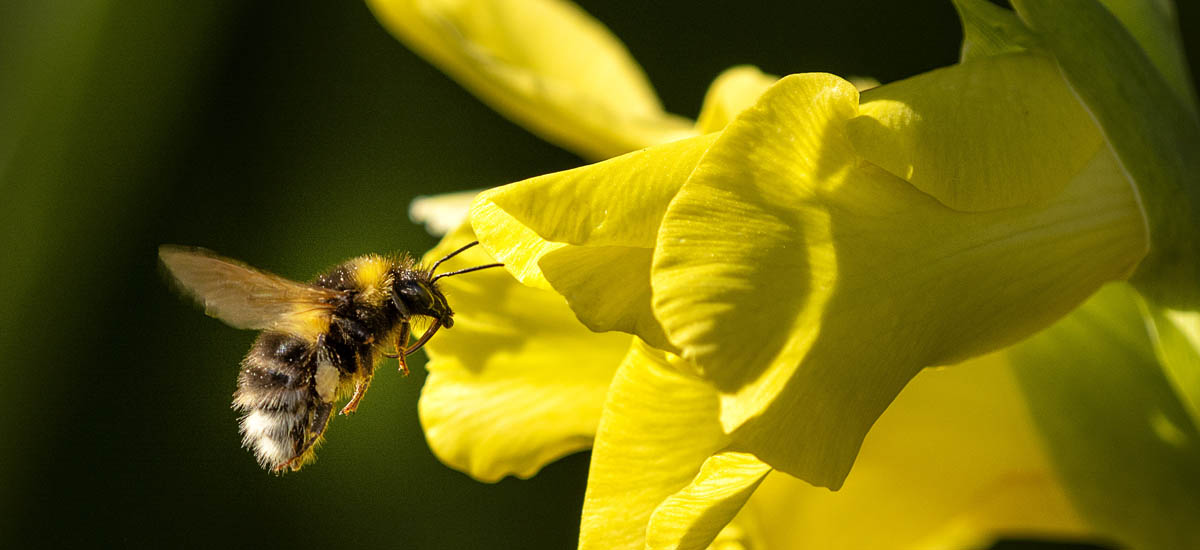
Suit Filed Over EPA Failure on Bees, Insecticide
The Center and our allies filed a suit against the Environmental Protection Agency Tuesday for failing, over the past four years, to comply with a court order that requires it to protect endangered species from a dangerous insecticide called cyantraniliprole.
“The EPA has acknowledged that this pesticide is incredibly toxic to bees and other invertebrates,” said the Center’s Jonathan Evans. “But the agency is so accustomed to putting the profits of the pesticide industry ahead of its duty to protect human health and our environment that for years it simply ignored a direct court order.”
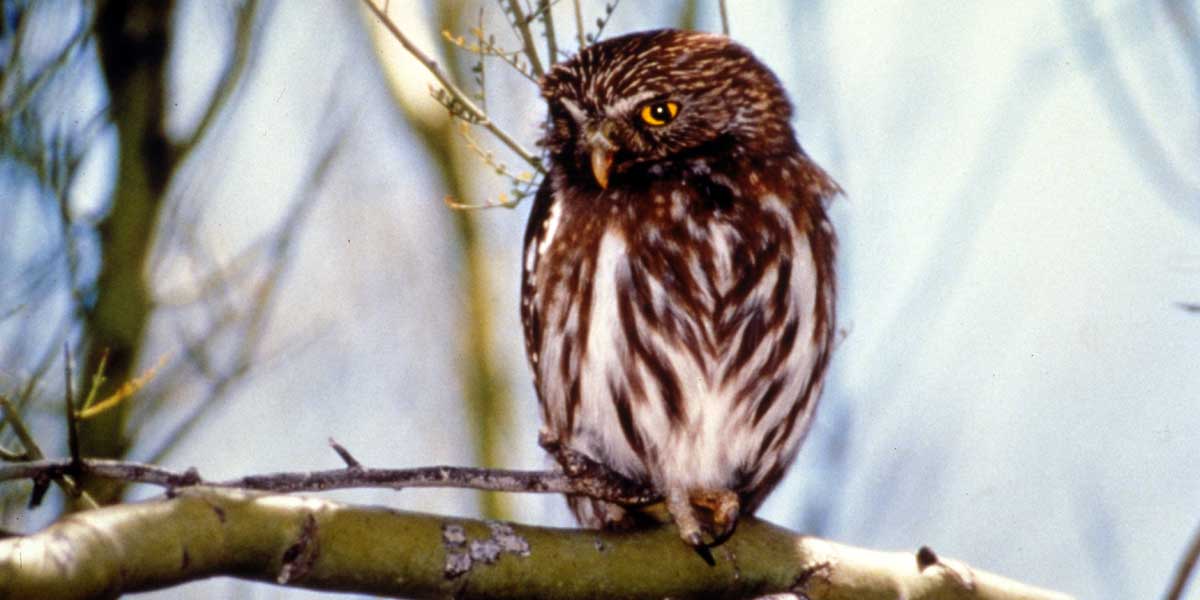
Pygmy Owls to Get Protection Again
After decades of work by the Center and partners, the tiny cactus ferruginous pygmy owls of Arizona, Texas and Mexico have been proposed for federal protection again by the Fish and Wildlife Service — protection that was stripped away from them in 2006 after a suit by real-estate developers.
“The Sonoran Desert is unraveling before our very eyes. If we don’t act fast, the pygmy owl, along with the saguaro cactuses it calls home, will be only a memory,” said Noah Greenwald, the Center’s endangered species director.
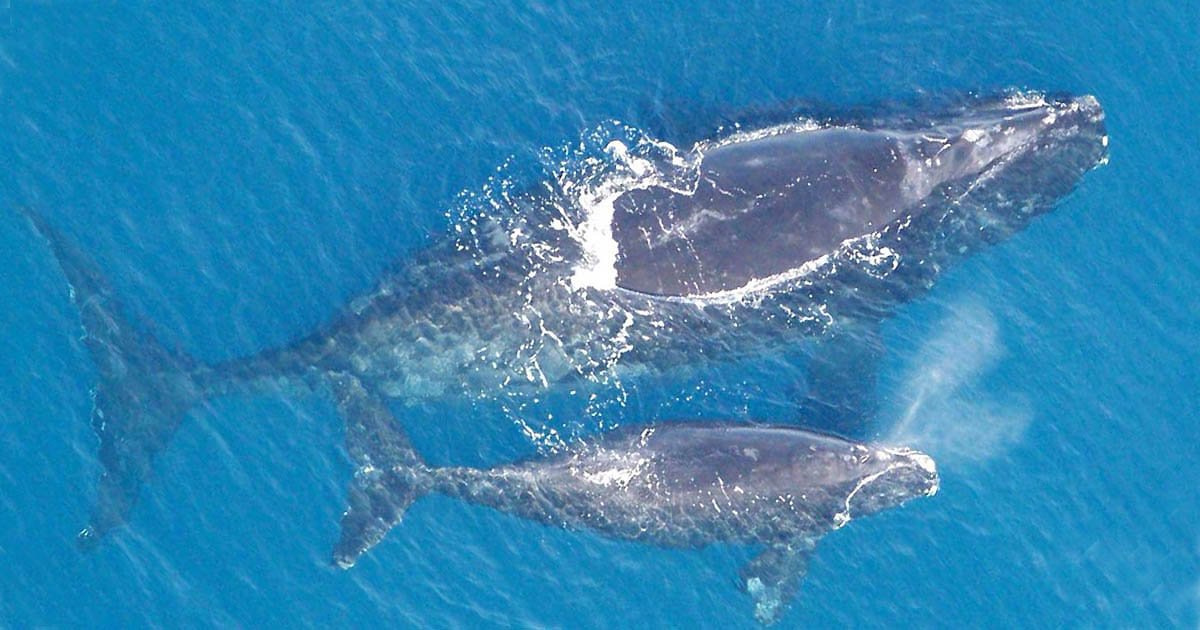
An Easy Way to Save Whales
Ropeless fishing gear, writes the Center’s Kristen Monsell at Medium, can do so much to stop painful and lethal whale entanglements that its widespread adoption is a no-brainer — which is why NOAA Fisheries must mandate its use.
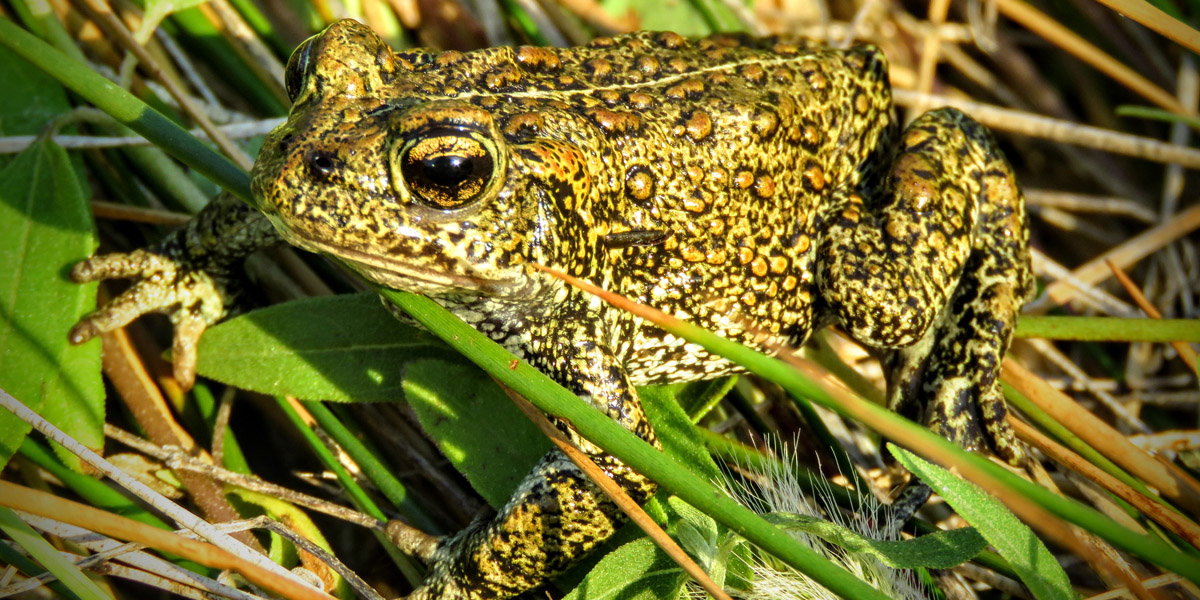
Suit Filed to Save Tiny Toads in Nevada
The Center and the Fallon Paiute-Shoshone Tribe went to court this week to fight a geothermal energy project that would dry up precious hot springs feeding a desert oasis in central Nevada. Called Dixie Meadows, this unique wetland ecosystem is a sacred site for the Tribe and the only home of rare Dixie Valley toads, who we petitioned to protect in 2017.
“The Bureau of Land Management rammed through approval of this plant over the objections of government scientists and a tribal nation,” said the Center’s Patrick Donnelly. “We strongly support renewable energy when it’s in the right place, but a project like this — which threatens sacred sites and endangered species — definitely isn’t.”

The Revelator: Tackling Poisonous PFAS
With a lack of regulations addressing toxic “forever chemicals,” students and professors at Vermont’s Bennington College have taken their research skills into communities to spur action.
Read The Revelator’s interview with a cultural anthropologist and professor at the college who’s investigating PFAS (perfluoroalkyl and polyfluoroalkyl substances, widely used in the manufacture of plastic products). And, if you haven’t yet, subscribe to the weekly newsletter.
That’s Wild: The Tubbiest Bear You’ve Ever Seen
When researchers studying wolves in and around Minnesota’s Voyageurs National Park checked one of their trail cameras recently, they were shocked and delighted to see an extremely plump black bear waddle across the screen.
“Unfortunately, we only got one video of this beauty,” a post on the Voyageurs Wolf Project Facebook page reads, “but it is enough to appreciate the bear's curves and figure. ... It worked hard for that body!”
The post also noted that the bear was likely the fattest they’d ever documented. This could be a good thing. The footage was from the fall, and this bear’s fat storage could ensure it’s well prepared for a long winter hibernation.
Check out the video on Facebook or YouTube and read more about the curvaceous critter.
Center for Biological Diversity | Saving Life on Earth
Center for Biological Diversity
P.O. Box 710
Tucson, AZ 85702
United States
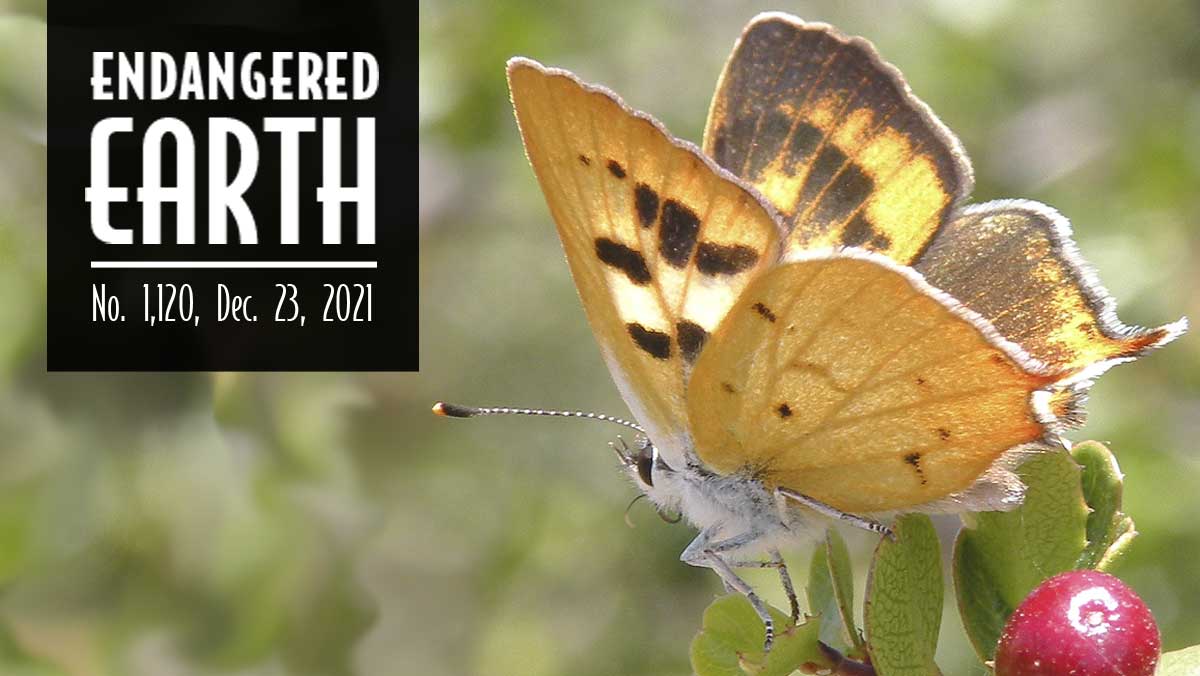

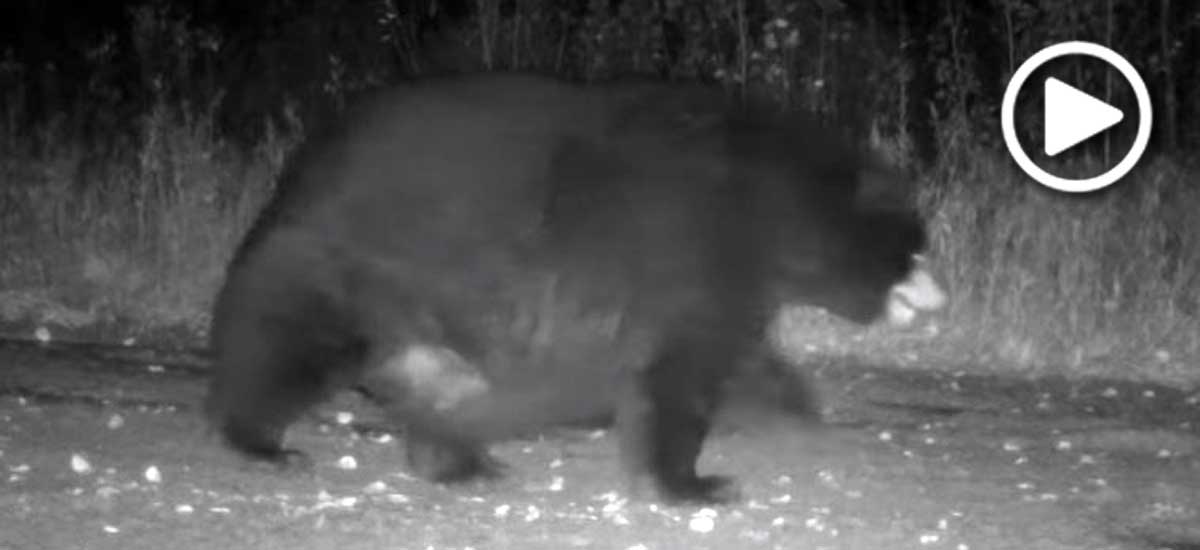

No comments:
Post a Comment